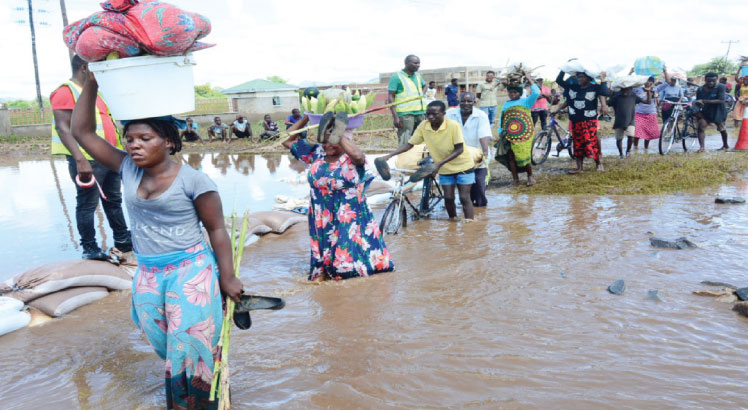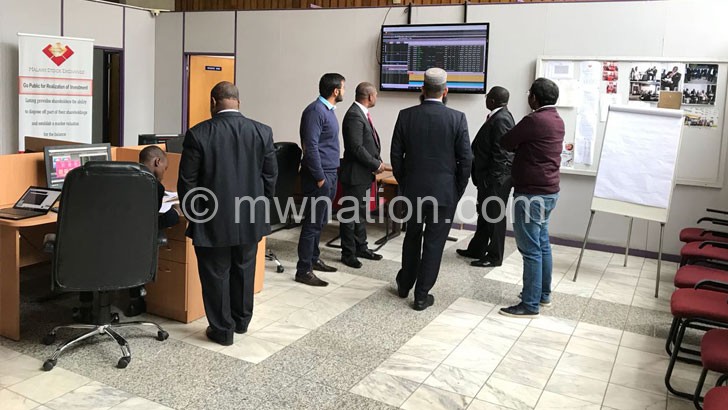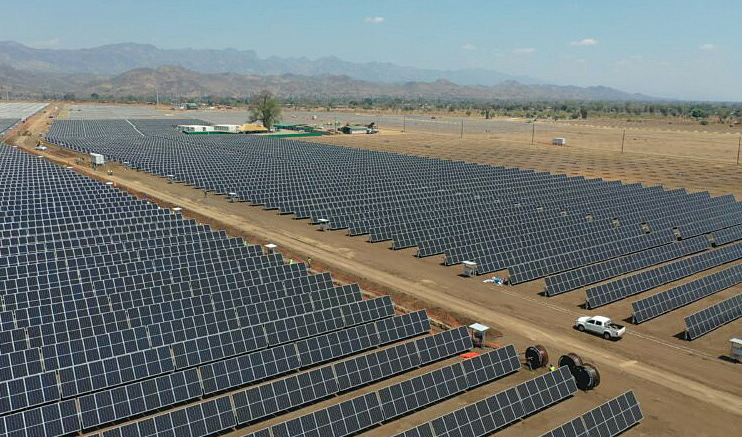Planning commission upbeat despite freddy
National Planning Commission (NPC) says the Malawi 2063 First 10-Year Implementation Plan (MIP-1) targets are still attainable despite the negative impact of Tropical Cyclone Freddy on the domestic economy.
In his analysis of the MIP-1 implementation amid Cyclone Freddy devastation, NPC director general Thomas Chataghalala Munthali said the formulation of Malawi 2063 (MW2063) and MIP-1 recognised that various challenges and risks will be experienced, as such, mitigation measures were included.
He said some of the risks and threats identified in the long-term development strategy include harsh weather patterns such as cyclones and droughts as well as external and domestically-induced shocks.
Said Munthali: “Disasters and other shocks are part of life and Malawi will continue to face them going forward. What will make the difference is how prepared we are for such calamities as that is what determines how we respond to and recover from their effects.

“This is an aspect that has been thoroughly articulated in the MW2063 and MIP-1.”
He said moving forward, the adoption of disaster risk management and resilience strategies should always be part and parcel of planning and implementation, including the realisation of MW2063.
Said Munthali: “It will take a lot of time, work, resources and sacrifices for Malawi to recover.
“However, if we do the right things as a nation which we already know, but sometimes pay a blind eye to, we should be able to pull through from Cyclone Freddy and the other recently experienced disasters and still be able to attract investments towards realising our 2030 MIP-1 targets.”
In the MIP-1, Malawi targets to graduate into a middle-income economy and achieve most of the United Nations Sustainable Development Goals targets by 2030
These targets are expected to be attained through investments and key policy interventions in mega farms, mining and tourism coupled with urgent restoration of generation capacity in electricity and macro-economic stability.
In an interview yesterday, Malawi University of Business and Applied Sciences associate professor of economics Betchani Tchereni said while the cyclone has affected development planning, Malawi should still have focus.
“We cannot use the cyclone as a scapegoat for our failure to implement the MIP-1 neither can we use the cyclone as a scapegoat on the failure for us to be on the route towards our development goals,” he said.
Economist Bond Mtembezeka said the cyclone will affect the country’s development aspirations negatively.
“If you quantify the resources that are needed presently towards the relief and rebuilding efforts, you will see that they are enormous,” he said.
The MW2063 seeks to transform Malawi into a wealthy and self-reliant industrialised upper middle-income country by 2063
The strategy also projects that if the economy grows at an annual average rate of six percent, Malawi could attain the low-middle-income status by 2030, with a per capita income of between $1 006 (about K1 million) and $3 955 9 (about K4 million).
In 2022, growth was estimated at 1.2 percent, a drop from 4.6 percent registered in 2021 due to adverse weather conditions that affected the 2021/22 agriculture growing season, resulting in less production compared to the previous year.
In 2023, Ministry of Finance and Economic Affairs projects a growth rate at 2.7 percent on account of improved supply of electricity and favourable weather conditions.
However, due to the negative impacts of the cyclone, the Reserve Bank of Malawi Governor Wilson Banda last week painted a gloomy picture, saying growth projection will be revised downwards.





